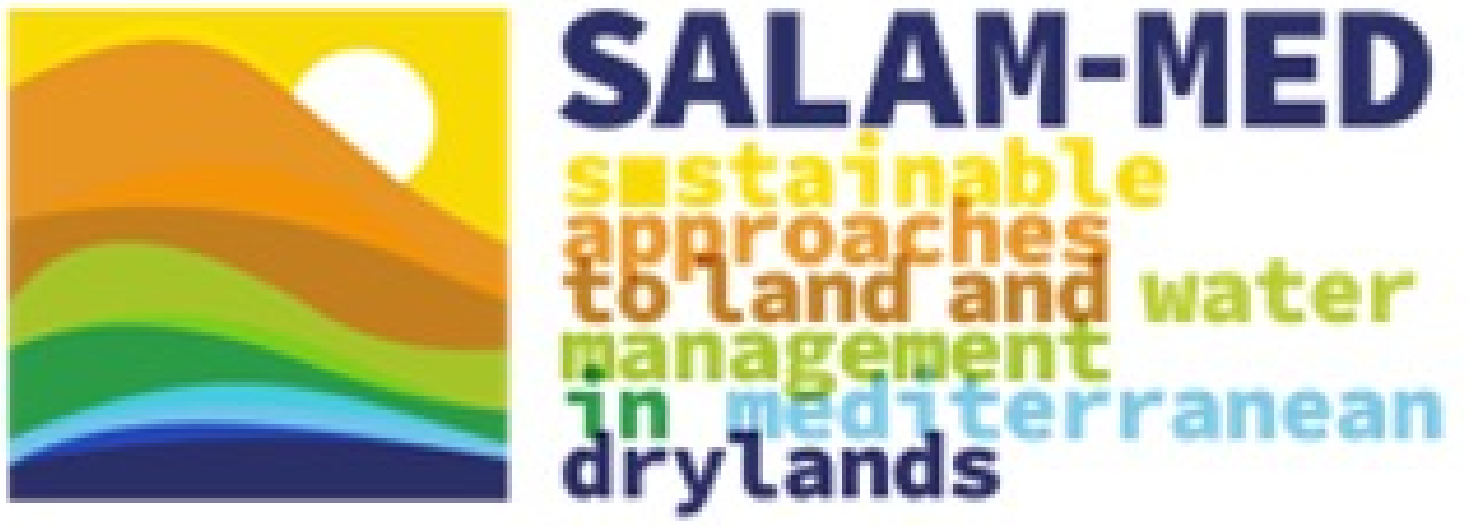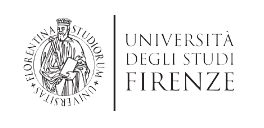About
The virtual fencing technology is a gps-based digital technology alternative to grassland fencing. The device is a solar powered, GPS enabled, livestock neckband that enables to remotely track, manage, fence and move a livestock around the farm using virtual boundaries or fences. These device are under commercial development by various enterprises and have never been tested in Meditgerranean contexts. The Salam MED LL in Sardinia is about to testing this technology with suckling cows.
The objective is to provide a field testing of this technology in a Meditgerranean silvopastoral systems with suckling cows. The testing is about the specific tolerance of the device by local livestock breeds and the agronomic performance of the grasslands related to the improved pasture management driven by the virtual fencing.
Mediterranean silvopastoral contexts.
The commercial availability of the device is critical at the moment. There might be problems in terms of animal welfare and the effectiveness of the virtual fencing systems under Mediterranean conditions.
The virtual fencing technology has never been applied before in SArdinian silvopastoral systems. This poses some concern and uncertainty about its acceptability by local animal breeds and livestock farmers. Animalists might be contrary to such technology in relation to the possible consequences on animal welfare particularly during the training period of the animals. The initial investment is relatively high but acceptable when comnpared to the cost of tranditional fencing.
Index
Workers needed: technical competencies needed, highly skilled workers are needed to make the technological solution work
Index 2
Ease of use: a long period of learning is required to use the technological solution
Index 3
Adaptability: it will not require too much time to be applied
Index 4
Effectiveness: The solution address the challenge / problem
Index 5
Reliability: The innovation is stable enough that no further changes need to be made in the future
Index 6
Cost: Perceived investment needed for the implementation of the innovation is high
Index 7
Greenhouse emissions: impact of technology on greenhouse emissions
Index 8
Water availability: the impact of technology on water availability
Index 9
The positive testing would open a formidable option for pastoral farms based on grazing as the rotational pasture techniques could substantially improve animal productivity at a low cost for fencing infrastructures and management when compared to traditional fencing.
Mediterranean silvopastoral systems are integrated in a mosaic of rural activities which benefit of the ecosystem services provided by grazed grasslands. These ecosystems are threatened by the low income per unit area and by a blocked generational turnover which is leading to land abandonment. Other more profitable rural activities (e.g. vineyards) appear as independent from silvopastoral activities while they benefit of the pastoral uses which prevents wildfires.
The technology has never been used so far under Mediterranean conditions and with Sardinian local breeds. The LL testing requires skilled engineers to evaluate the actual benefits and possioble drawbacks of this technology in the Sardinian silvopastoral systems.
AMP requires fencing either true (electric or physical) or virtual. Most livestock farmers do adopt an extensive rotational grazing technique which is far less efficient in terms of herbage intake vs herbage availability in comparison to what could be achieved through AMP using high stocking rates for short periods and long resting periods for the grass to grow. Such technology requires skills in the monitoring of the grass aboveground biomass using devices like the “Grasshopper” tool and the ability to design a grazing rotational scheme able to maximize intake vs grass production. Virtual fencing techniques require testing and validation with respect to the animal species, breed and age and the reliability of the devices, which is still questionable. The background info required includes local data such as the shape files of each field/paddock, soil fertility characteristics, weather, animal species and breed, farm organization and feeding system, animal and grass performance indicators.
Indicators
Chart not available on mobile
Living Labs for testing and implementing this technology
Living Labs as a crossroads for the development of sustainable and resilient technologies for environmental, economic and social progress.
Italy
Tech Responsible contacts
Pier Paolo Roggero
pproggero@uniss.it
References
Lorem ipsum dolor sit amet, consec tetur adipiscing elit, sed do eiusmod
Lorem ipsum dolor sit amet, consec tetur adipiscing elit, sed do eiusmod
Lorem ipsum dolor sit amet
Lorem ipsum dolor sit amet, consec tetur adipiscing elit, sed do eiusmod

![[Virtual Fencing for Adaptive Multipaddock Grazing] Collar](https://www.salammedplatform.staging.wordpress.abidevops.website/wp-content/uploads/2023/09/Virtual-Fencing-for-Adaptive-Multipaddock-Grazing-Collar.png)
![[Virtual Fencing for Adaptive Multipaddock Grazing] Application](https://www.salammedplatform.staging.wordpress.abidevops.website/wp-content/uploads/2023/09/Virtual-Fencing-for-Adaptive-Multipaddock-Grazing-Application.jpg)
![[Virtual Fencing for Adaptive Multipaddock Grazing] Other solutions](https://www.salammedplatform.staging.wordpress.abidevops.website/wp-content/uploads/2023/09/Virtual-Fencing-for-Adaptive-Multipaddock-Grazing-Other-solutions.png)
